Orange Rot Cactus

Saving My Lophophora Diffusa Cactus Peyote Cactus From Rot Youtube

Buy Echinopsis Species Cactus Plant Online From Nurserylive At Lowest Price

Moon Cactus Cut Cactiguide Com

Ask A Question Forum Moon Cactus Rotting From The Top Garden Org
Q Tbn And9gcridrybejvvioashihnyfea8cdjqluv1brrq0urcr1d7taapmrq Usqp Cau

Moon Cactus Stem Turning Brown
Re orange rot Post by keith » Wed May 24, 17 11 am Hi Harald, I let the cactus dry out, used roottone powder on the lower part of the plant and then repotted it in dry compost.

Orange rot cactus. Although root rot in cactus can be caused by pests or serious pathogens, the most common cause is chronically wet roots due to overwatering or heavy soils Curing this problem requires pruning. Its yellow flowers are followed by oval, orange to red fruits, called tunas in Spanish The young pads of the cactus can also be cooked and eaten. A moon cactus (Gymnocalycium mihanovichii) is also known as a hibotan cactusIt is actually two different species of cacti that have been grafted together Grafting means to join the tissues of two species of plants so that they will continue to grow together The top section of the moon cactus (the brightlycolored ball) contains no chlorophyll and therefore lacks the ability to produce its.
Known as a Christmas cactus, because of its bloom time in the winter, 'Orange Sunset', has orange blooms with a hint of pink It grows fairly quickly and would rather be kept on the dry side, because in colder conditions when the soil is wet, it tends to rot. This cactus is native to Central and South America and has around species It has stems that are strung together by a woody middle vein, and these stems grow anywhere from 18 to 30 inches (46 to 76 centimeters) long and about two inches (five centimeters) wide. It looks like a (human) scab, orangeyreddish rust like colour that is spreading from cactus to cactus I can post photos when i get home tonight if that helps ta %simon i hope its not orange rot as it can really f*ck your cacti Share this post Link to post Share on other sites indigo264nm.
Fusarium Cladophyll Rot The symptoms of Fusarium Cladophyll Rot on Easter Cacti are dry sunken tan lesions on the cladophylls The spores of the Fusarium fungus are orange There is no treatment and the cladophylls and roots of the infected plants die Pythium and Phytophthora Rot. A moon cactus (Gymnocalycium mihanovichii) is also known as a hibotan cactusIt is actually two different species of cacti that have been grafted together Grafting means to join the tissues of two species of plants so that they will continue to grow together The top section of the moon cactus (the brightlycolored ball) contains no chlorophyll and therefore lacks the ability to produce its. Mark unread Print Skip to new Barbara_R Boise, ID(Zone 5b) Apr 22, 10 I have a beautiful Clock face cactus that has rust spots I have already had to remove a leaf, but the rust came back Does anyone know how to get rid of the rust?.
Most rot I've seen is dark green to black Orange is a lot less common IME The residue is probably just residue left from water drying on the cactus Not harmful and I wouldn't wipe it off because the blue coloration of your cactus will wipe right off along with it and will not come back. If you notice even the slightest tinge of orange or brown, slice it off until you end up with a section with no signs of rot Sometimes, you may discover that the rot has spread from the roots right through the stem of your plant In such a case, it is game over, and there is nothing you can do to save your cactus. This cactus is perfect for the beginner’s succulent garden Its tubes form dense green and orange clusters, with light yellow or pink flowers in the Spring Click here for an explanation of terms This page contains affiliate links.
Using a cotton swab moistened with vinegar or with 70% alcohol to clean small infected areas of cacti used as house plants. Moon cactus is a type of grafted cactus with a colorful ballshaped top These colorful cacti have become popular small houseplants that are very easy to care for The cactus top is usually bright red, yellow, pink, or orange colors This colorful top gives the appearance of a brightlycolored cactus flower. It's hard to mistake a moon cactus;.
Orange crown cacti are native to the Bolivian Andes They grow in fully exposed sites such as plateaus, rocky slopes, and rocky grassland valleys at high altitudes between 6,900–13,100 ft (2,100–4,000 m) Because they had to withstand such harsh conditions, the Orange Crown cacti have become quite robust. Its yellow flowers are followed by oval, orange to red fruits, called tunas in Spanish The young pads of the cactus can also be cooked and eaten. Bearing dark orange spines, the ‘Orange Cob’ cactus is known for the big, beautiful blooms that it produces in the spring and summer, which range in color from red to orange to pink Prone to rot, this hardy cactus can tolerate frost as long as it is kept dry in the winter and thrives both outdoors and as a houseplant.
Squat and tightly forming, the Orange Cob cactus is a spring or summer bloomer giving forth gigantic flowers that may be red, orange, or pink in color Its body is covered with a dense network of dark orange spines This cactus may easily rot on you and prefers being kept dry during winter It doesn’t mind some frost and so it might make an awesome addition to your outdoor collection. Cactus Rotting From Top Down Step 1 Cut Off Rotted Portion Cut the rotted portion of the cactus away with a sharp knife Make the pruning cut at Step 2 Discard Rotted Portion Dispose of the rotted portion of the cactus It cannot be saved or repotted Step 3 Replant the Cactus. In general, you can water most types once every two or three weeks or so If in doubt, it's usually best to water too little;.
How to Grow a Queen of the Night Cactus ;. These appear as elongated, small, orange/yellow moving things on your cactus plant They are only 1/th of an inch (1314 mm) long and less than half as wide In addition to their small size, they also prefer to hide down in the cracks and crevices of cactus ribs, tubercles, or the base of flowers. To repot a cactus, make sure the soil is dry before repotting and then gently remove the pot Knock away the old soil from the roots, making sure to remove any rotted or dead roots in the process Treat any cuts with a fungicide Place the plant in its new pot and backfill with cactusmix potting soil, spreading the roots out as you repot.
Rot is caused by fungi and bacteria growing on the plant The most common reason for rot is watering the cactus too often The infected spot will have a watery, slimy, black appearance Rot begins at the base of the cactus and works its way to the top. If parts of the cactus appear shrunken, wrinkled, or wilting (drooping or appearing limp), it probably needs more water If the soil is fully dry, water it thoroughly, allowing excess water to drain out the bottom of the pot. Cactus Anthracnose (fungus – Colletotrichum (Gleosporium) spp) This disease affects several kinds of cacti, Cereus, Echinocactus, Mammillaria, and particularly Opuntia (prickly pear) Infection results in a rather moist light brown rot which shows many light pink pustules on the surface Spots are small at first, later enlarge and become covered by the small sporeproducing pustules.
They do well in gritty, mineral soils and pots with drainage holes Over time you'll see new pads sprout from the plant, soon followed by its showy blooms Opuntia can tolerate high heat and extended drought and can eventually develop into a wide, shrubby living fence. The reasons for such spots may be disease or simply mechanical injury to the pads and stems of the cacti Cactus rot issues must be dealt with quickly to prevent spread to the rest of the plant and serious loss of vigor, which may become permanent Cactus Problems with Fungal and Bacterial Diseases. This cactus grows in open, dry areas, often on calcareous rock or thin soils It can be found in or on fencerows, roadsides, rocky glades, rock outcrops, cliffs, old quarries, dunes, and prairie The roots need to be dry during winter to prevent rot, so well drained sites are necessary For More Information.
In general, cacti thrive in low moisture environments The ideal temperature for a cactus is 70 to 75 f, in a bright, sunny area (southfacing window if you have an indoor plant) and require next to none supplemental nutrients To help prevent cactus rot, you should only water when needed Ensure that the soil is fully dry before you rewater. This cactus grows in open, dry areas, often on calcareous rock or thin soils It can be found in or on fencerows, roadsides, rocky glades, rock outcrops, cliffs, old quarries, dunes, and prairie The roots need to be dry during winter to prevent rot, so well drained sites are necessary For More Information. It’s also possible for your cactus to receive too much direct sunlight Too much sunlight can cause your cactus to burn If this happens, you will notice sunburn across the skin of the cactus as dark, rough, and maybe even calloused areas Too much sun can also cause a cactus to become discolored and faded.
A Christmas cactus can’t survive in soils that retain a lot of moisture because its roots begin to rot Remember, in its natural habitat in Brazilian coastal forests, these plants get a little rain. Description The Rebutia grandiflora var Orange is a dark green, clumping globular species Individuals typically have 25 spiraling, tuberculate ribs with whitish areoles Spines are whitish in color while radial and central spines take on a brownish color Diurnal flowers are orange. Re orange rot Post by keith » Wed May 24, 17 11 am Hi Harald, I let the cactus dry out, used roottone powder on the lower part of the plant and then repotted it in dry compost.
Glomerella cingulata (cactus stem rot) 17 Lasiodiplodia theobromae a member of the Botryosphaeriaceae/ B rhodina family, wide ranging plant pathogen, may cause fungal (mycotal) keratitis and stemend rot, a citrus plant disease, possible cause of nail and skin lesions on humans 56. I really don't want to lose this guy. Echinopsis Pachanoi cacti are quite susceptible to fungal infections such as witches broom disease and orange rot, especially when they are overwatered If you suspect that your cactus has a fungal infection, make sure you remove all the affected parts with a clean knife.
Dry cactus rot caused by fungi Diplodia, Phyllosticta concava and other fungi cause black spots on the cacti, leading to dry rot You can also notice prominent brown/rustcolored spots (causing dryness on the cactus) often surrounded by brown rims, all of which also mean rotting of the cactus Act fast and remove affected parts of the plant. You'll always recognize them by their bright pink, yellow, or orange colors The bright neon colors are usually in the shape of round looking balls, with thorns, and they're sitting on top of another green colored cactus The little moon cactus is a funny plant because it's actually two plants in one and the product of human design In order for the bright. (Aphelandra Squarrosa), which has larger leaves, prominent white veins, and white, yellow and orange flowers rot and fall off easily It may be.
Root rot can be caused by a variety of different fungi, and it can affect trees, shrubs, and plants Typically, one of the main triggers is overwatering, leading to too much moisture around the roots of the plant This creates an ideal environment for the fungus to thrive. Rot is, unfortunately, a common problem on cactus While environmental factors are involved (rot is most common when the plant is overwatered, growing under conditions of high atmospheric humidity, when the stem has been wounded, after an insect infestation, etc), it’s important to understand that the rot itself is a fungal or bacterial disease and will likely continue to develop unless something is done. This popular ornamental cactus produces bright orange flowers that are shaped like a funnel and appear pretty large as compared to the size of the plant The cactus blooms in large numbers all through spring and summer.
The Christmas cactus can brighten up the holiday season with longlasting blooms in pink, yellow, white, purple, red, or orange—but it can be tricky to keep looking lush (Especially if it’s competing against some truly evergreen artificial trees) Here’s how to care for your Christmas cactus, holiday cactus, or crab cactus all through the holiday season and beyond. They do well in gritty, mineral soils and pots with drainage holes Over time you'll see new pads sprout from the plant, soon followed by its showy blooms Opuntia can tolerate high heat and extended drought and can eventually develop into a wide, shrubby living fence. The University of Arizona Cooperative Extension 3 Diseases of Urban Plants in Arizona MARY O LSEN Plant Pathology Specialist Based on material originally written by RICHARD H INE, Plant Pathologist (retired) Photographs by RICHARD H INE This information has been reviewed by university faculty.
Cacti can rot if they stay too moist Most cactus houseplants are slow growers and don't really need much fertilizer Just a couple of times per year will do. The University of Arizona Cooperative Extension 3 Diseases of Urban Plants in Arizona MARY O LSEN Plant Pathology Specialist Based on material originally written by RICHARD H INE, Plant Pathologist (retired) Photographs by RICHARD H INE This information has been reviewed by university faculty. It infects seedlings and causes them to collapse and decay It’s often found in greenhouses, but can occur outdoors as well Solution There is no treatment, but you can prevent it with good cultural practices Use new pots, cell packs or trays, or those disinfected with a 10 percent bleach solution.
The disease can be avoided by abstaining from wetting leaves, and watering the plant in the early hours of the morning to allow the leaves to quickly dry It is also vital to avoid pruning plants that are wet Epiphyllum is the name of a genus that is part of the Cactaceae (Cactus) plants. Rust on Cactus Watch Reply More Mark unread;. The Mammillaria genus is one of the largest groups of cacti, with more than 0 different species currently recognized Easy to grow and commonly cultivated, most mammillaria cacti tend to be small and spherical with dense hairs or spines, which has given them the nickname “puffball cactus”.
It is a free flowering species The flowers are produced halfway up the stems, curving upward They are yellow, bright orange or vermilion red, funnelshaped, up to 18 inches (4 cm) long and up to 16 inches (4 cm) in diameter Photo via wikipediaorg. I cut the cactus in half to remove the rot — center of cactus had a hard, treelike trunk photo by Doug Martin Most of the flesh inside the cactus had rotted photo by Doug Martin Prevent future outbreaks of Pythium on your barrel cacti 1 Water moderately, do not soak roots around base of cactus. It is a free flowering species The flowers are produced halfway up the stems, curving upward They are yellow, bright orange or vermilion red, funnelshaped, up to 18 inches (4 cm) long and up to 16 inches (4 cm) in diameter Photo via wikipediaorg.
Mammillaria elongata cristata ‘Copper King’ Copper King is the perfect orange addition to any cactus garden and Planet Desert is a great place to find it The Copper King is a cactus native to central Mexico that grows in tight, dense clumps It’s perfect for ground cover but it does grow rather slowly. Yeah, i had some Trichocereus tacaquariensis cuttings which were taken during early winter, which got the orange rot a couple were left as they were but just placed into a little warmer, dryer & better ventilated environment & the orange rot just dried up after a month the orange colour was still there, it had just become a part of the callouse. Removal and disposal of the moldinfected cactus part if feasible suitable for cactus house plants;.
This mutation exposes the red, orange or yellow color beneath Cactus that lack chlorophyll cannot live on their own – they die as seedlings unless grafted onto another cactus with chlorophyll Scientific Name The two cactus species most commonly used for moon cactus are Gymnocalycium mihanovichii as the top cactus and Hylocereus spp as the base. It infects seedlings and causes them to collapse and decay It’s often found in greenhouses, but can occur outdoors as well Solution There is no treatment, but you can prevent it with good cultural practices Use new pots, cell packs or trays, or those disinfected with a 10 percent bleach solution.

9 Most Rare Cacti That Are Hard To Find Succulent City
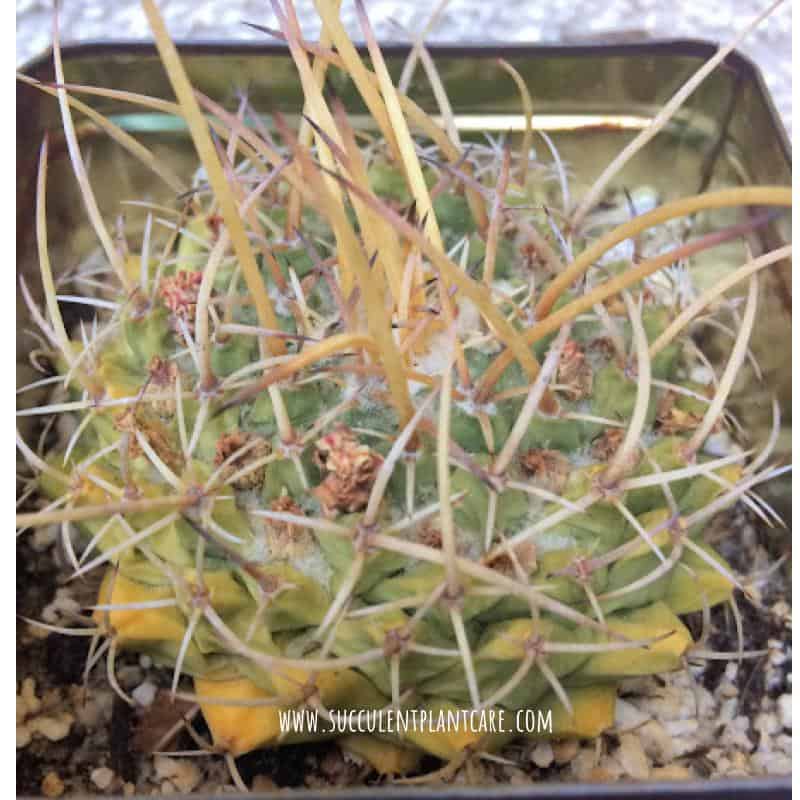
Why Does A Cactus Turn Yellow And Brown How To Save It Succulent Plant Care
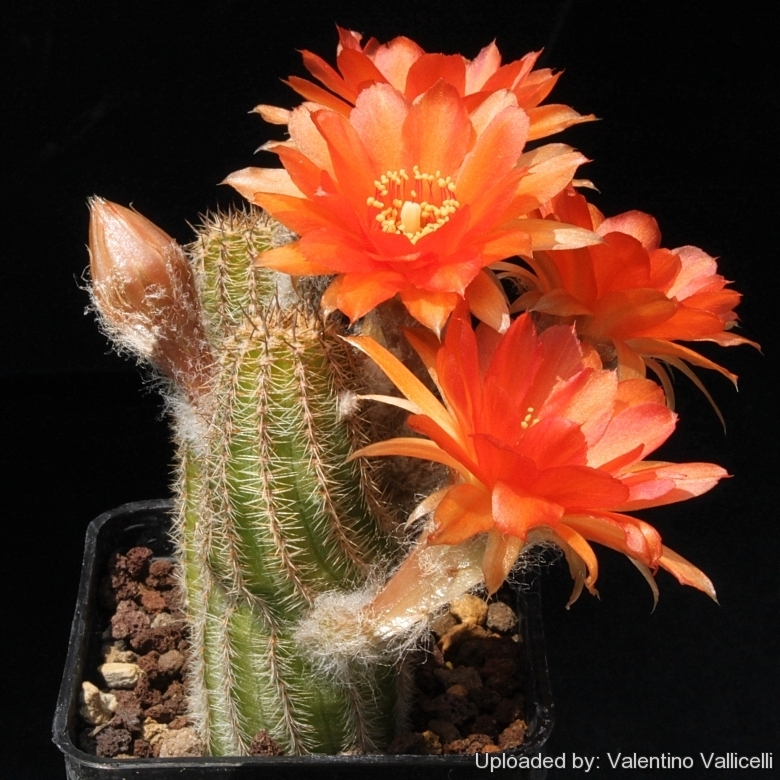
X Chamaelobivia Cv Captain Jessop

Cactus And Succulents Forum Is This Rot Orange Rot Lophophora Garden Org

Rotting Cactus Update

Orange Marks On Loph Cacti Succulents The Corroboree

Desert Cacti Cactus Garden The Sonoran Desert With Child Friendly Facts
:max_bytes(150000):strip_icc()/grow-echinocactus-indoors-1902973-05-2801eb30019f4a33bc70acf2c7ca02eb.jpg)
How To Grow And Care For Golden Barrel Cactus

How To Save A Rotted Christmas Cactus World Of Succulents Christmas Cactus Cactus Care Christmas Cactus Plant
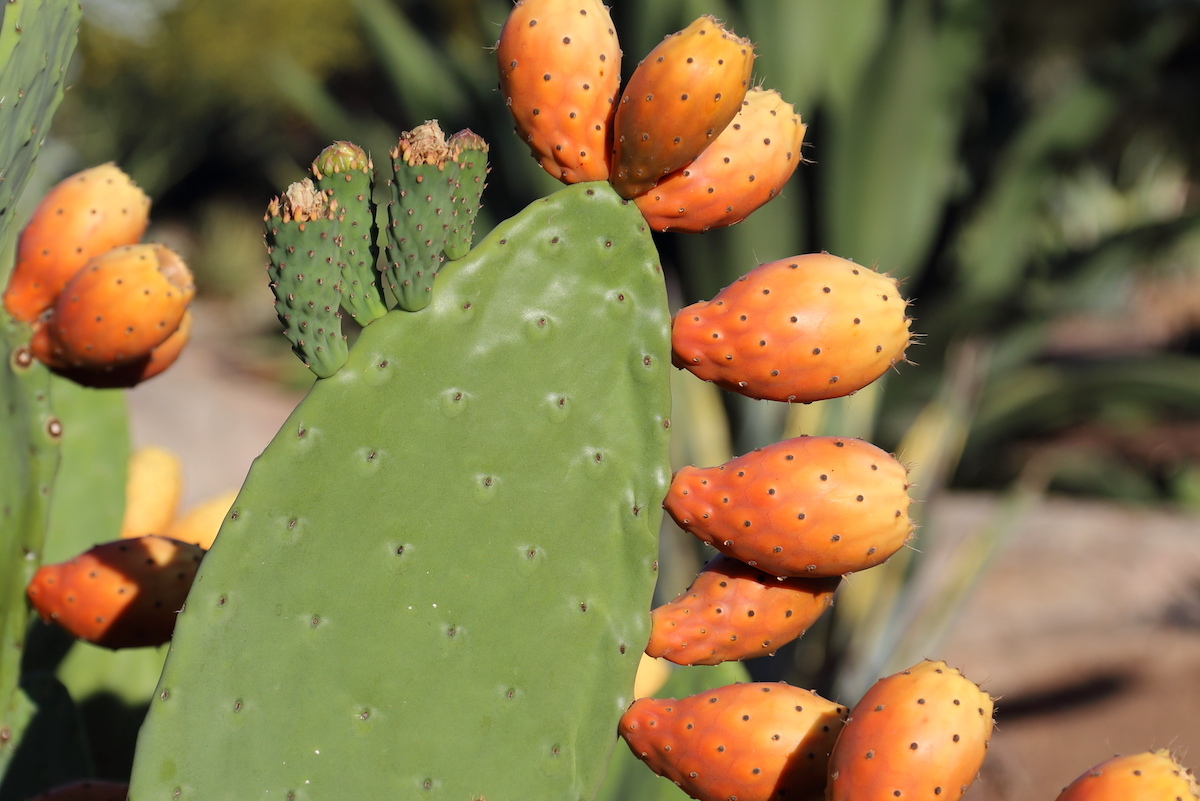
Why Grow Paddle Cacti Dlb S 16 Reasons Debra Lee Baldwin

Tricho Black Rot Orange Rot Help Cacti Succulents The Corroboree
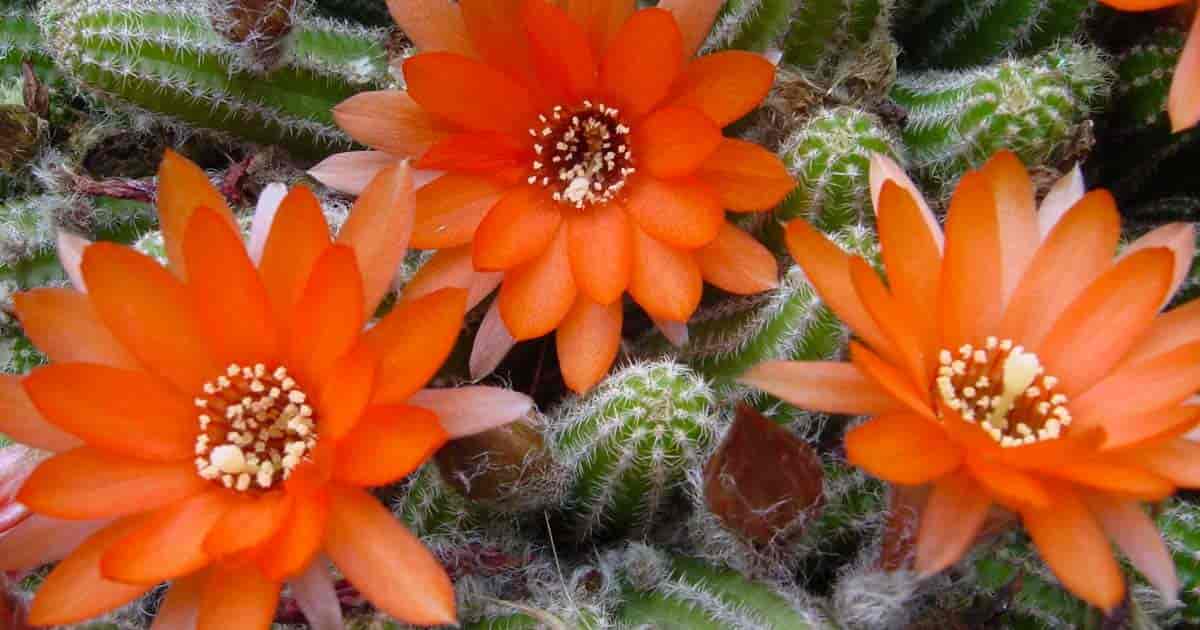
Peanut Cactus Care All About Growing Echinopsis Chamaecereus

Cactus Treatments Most Common Diseases And Pests Of This Flower Nexles
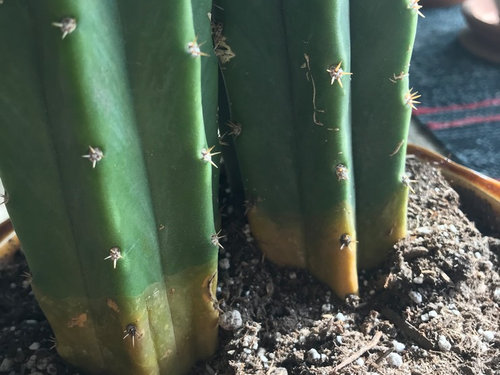
San Pedro Cactus Turning Yellow At Base

Grafted Orange Moon Cactus Mybageecha

Orange Pebbles 500g Aquarium Accessories Cactus And Succulents Plant Toppings Lazada Ph

Full Guide On Cactus Diseases Pests And Treatments Terrarium Planting Guide

Grafted Orange Moon Cactus Mybageecha

How To Save A Cactus From Rot Youtube

Why Is Your Moon Cactus Dying And Can It Be Saved A Natural Curiosity
Orange Rot On Cactus Project Noah

Stressed Out Succulents Good Or Bad Dave S Garden

The Rat Tail Cactus Everything You Need To Know Succulent City

Overview For Zodiathan

How To Save A Rotting Cactus Laidback Gardener

Moon Cactus Cut Cactiguide Com

Gymnocalycium Mihanovichii Grafted Moon Cactus Orange Mountain Crest Gardens

How To Save A Rotting Cactus Laidback Gardener
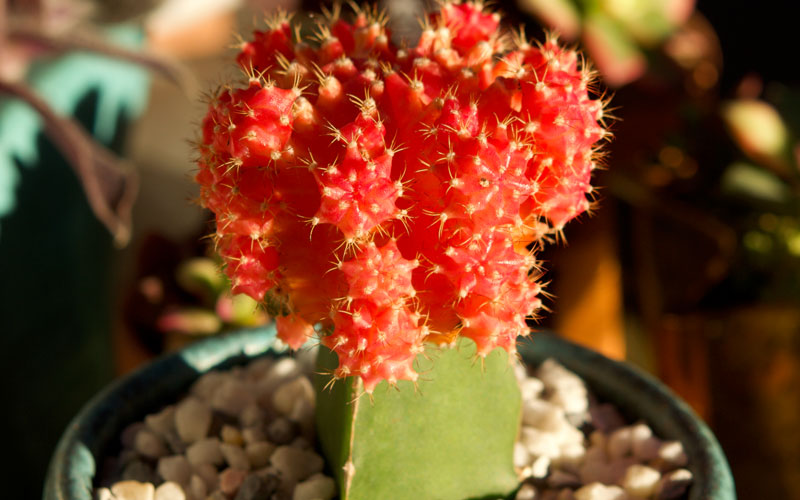
How To Grow And Care For Moon Cactus Garden Lovers Club
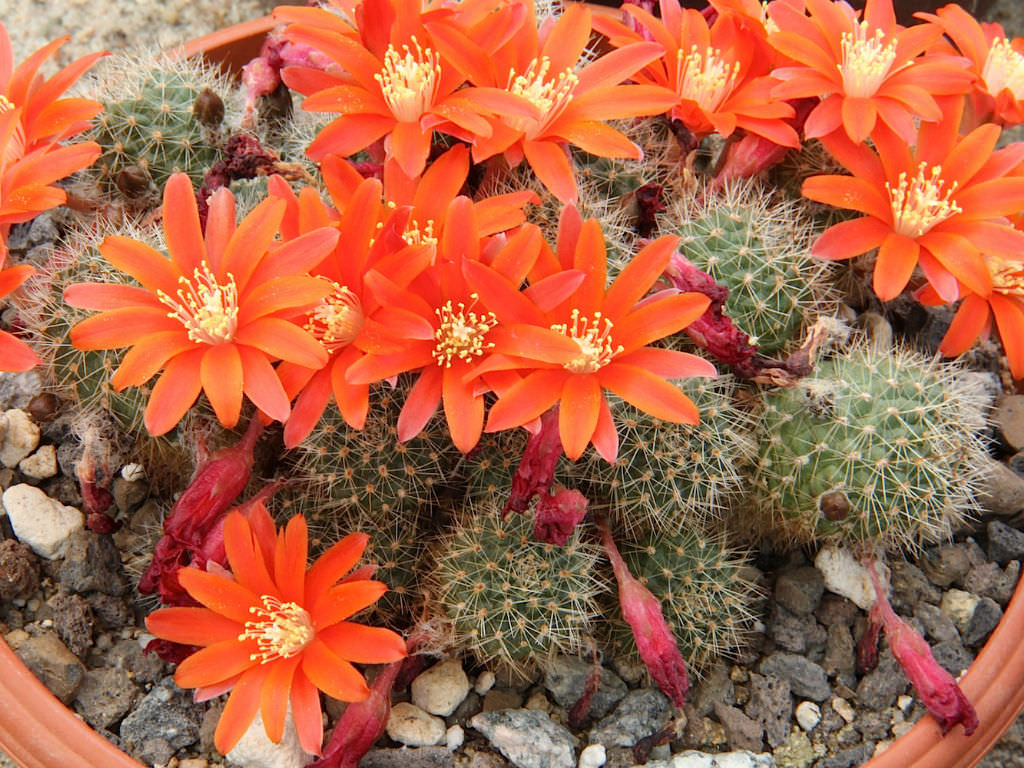
Rebutia Fiebrigii Orange Crown Cactus World Of Succulents

Echinocereus Triglochidiatus Guide How To Grow Care For Claret Cup
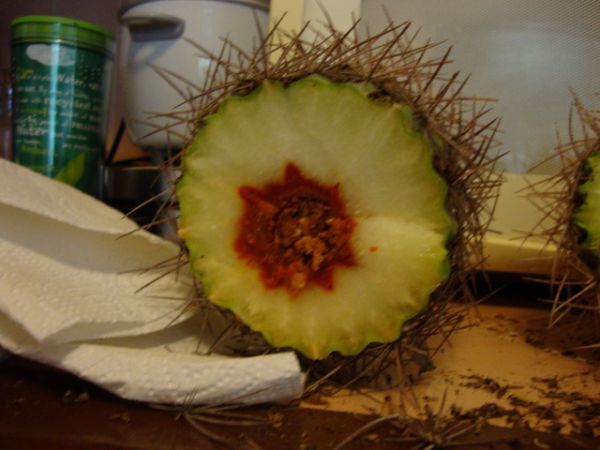
Echinomastus And Orange Rot Cactiguide Com

Full Guide On Cactus Diseases Pests And Treatments Terrarium Planting Guide
Is Yellowing At The Base Of My Cacti Rot Or Another Problem Helpfulgardener Com

Rotten Christmas Cactus Roots How To Fix Holiday Cactus With Root Rot

Pacific Horticulture Society Cacti Agaves And Yuccas Of California And Nevada

Ask A Question Forum Moon Cactus Losing Color Garden Org

Rebutia Cactus Care Growing Tips For The Crown Cactus

Our Guide To Cactus Gardening Basics Sunset Magazine
/grow-rebutia-cacti-indoors-1902596-hero-d9224af1445f483ebf84077be0d6b4dd.jpg)
Crown Cactus Growing Rebutia Cacti

Orange Rot The Ethnobotanical Garden Shroomery Message Board

How To Save A Rotting Cactus Laidback Gardener

Easter Cactus How To Grow And Care For Easter Cactus

Learn How To Properly Care For Gymnocalycium Mihanovichii Moon Cactus Youtube
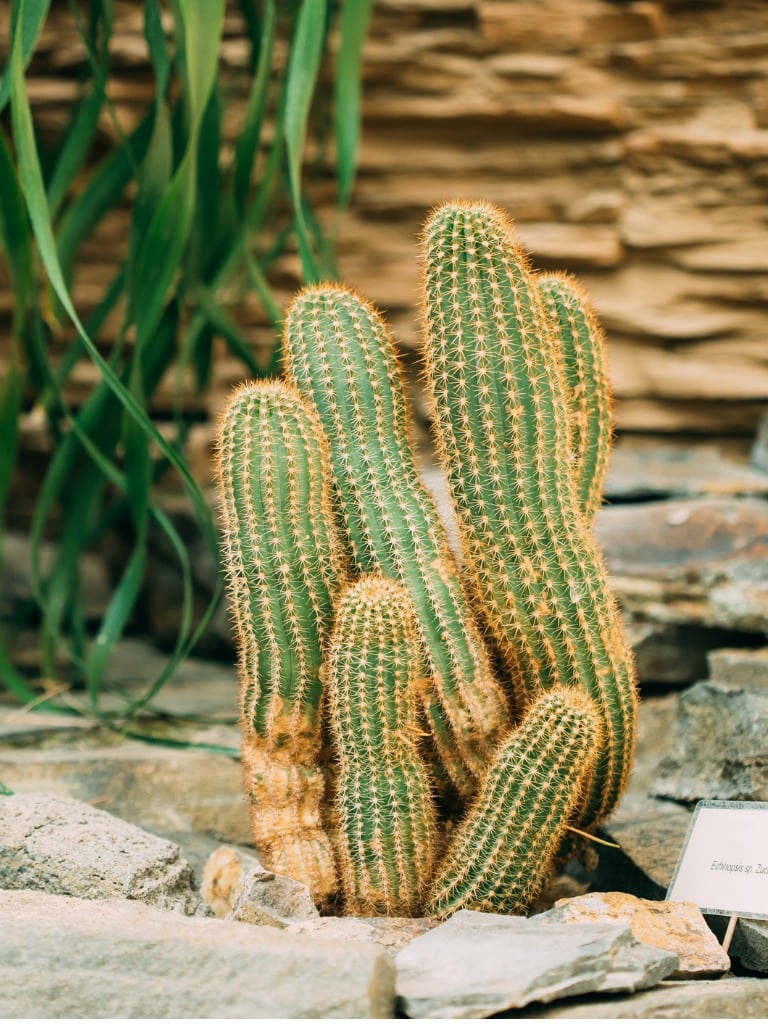
What Is A Peanut Cactus How To Grow Chamaecereus Cactus Plants

Cactus Flowers Worlitz X Cantora Gelb Ka10 X Cantora Orangerot Trichocereus Cactus Jerk S1e375 Youtube

Cacti Claussen S Florist Greenhouse And Perennial Farm
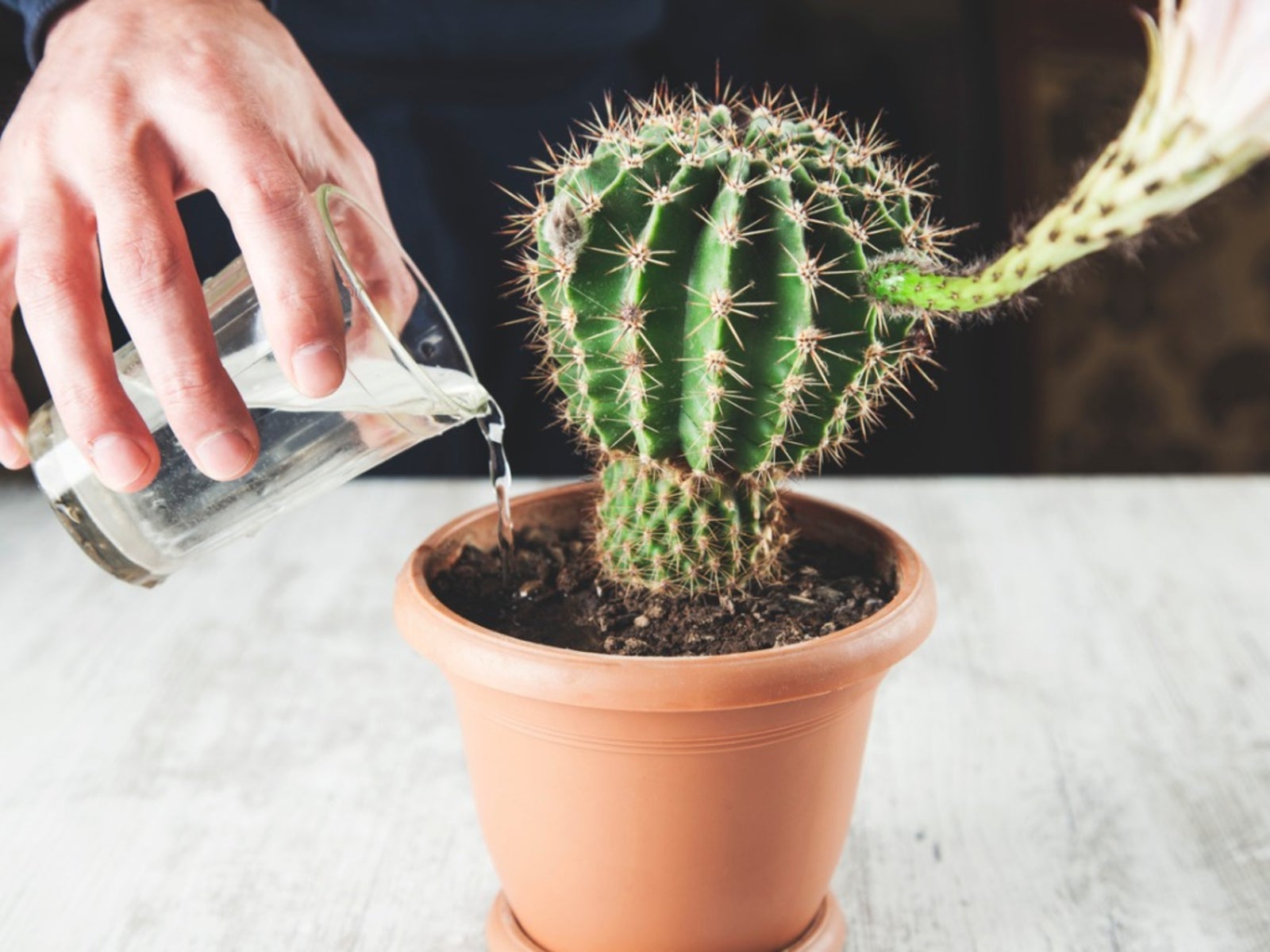
Yzbza4et3btnmm

Full Guide On Cactus Diseases Pests And Treatments Terrarium Planting Guide
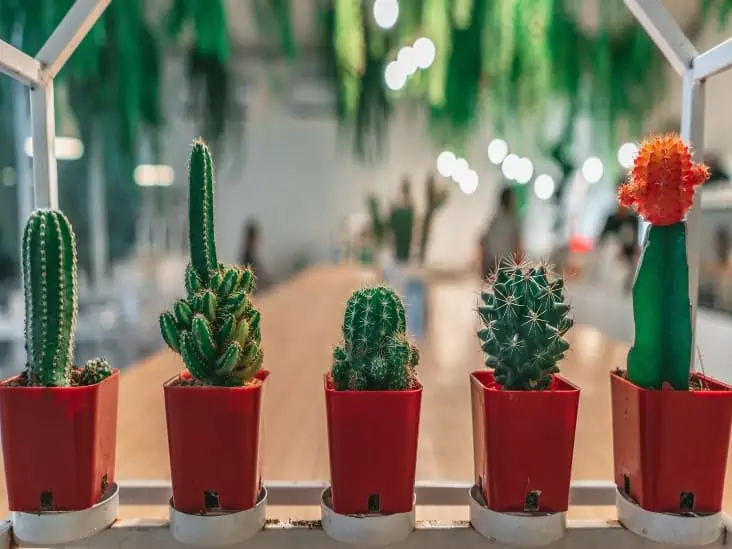
Cactus Type The 10 Most Popular On Earth Cactusway

How To Save A Rotting Cactus Laidback Gardener
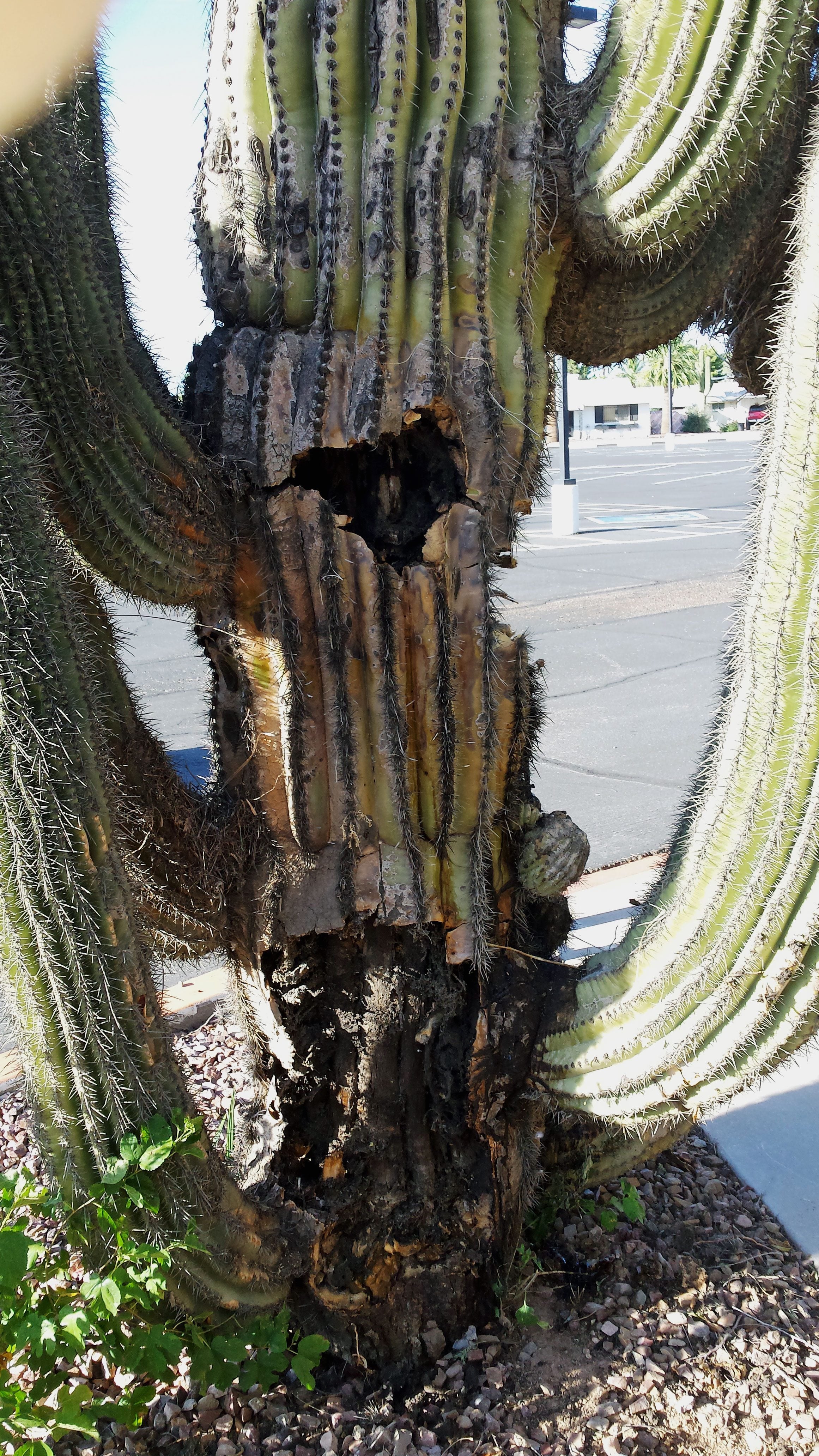
What Is Bacterial Necrosis Learn About Bacterial Necrosis Of Saguaro Cactus

Why Does A Cactus Turn Yellow And Brown How To Save It Succulent Plant Care

How To Save A Dying Cactus How To

Trouva Tall Orange Concrete Pot With Cactus Or Succulent
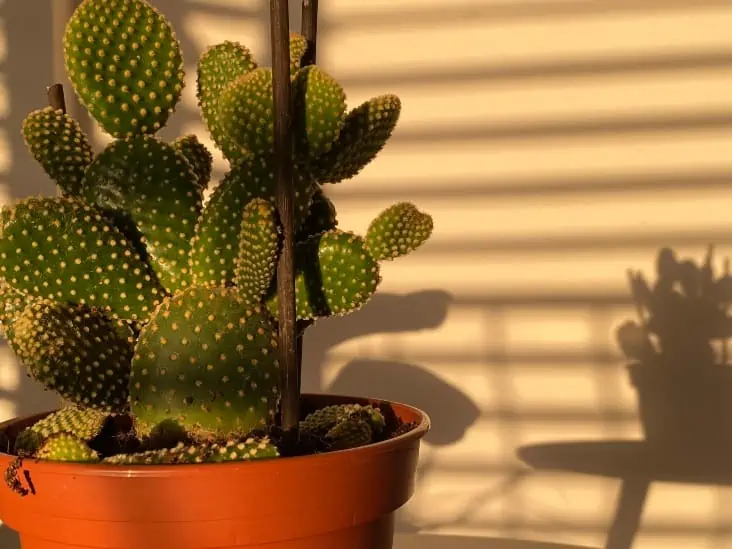
Does Cactus Need Direct Sunlight Cactusway

How To Save A Rotting Cactus Plant Get Busy Gardening
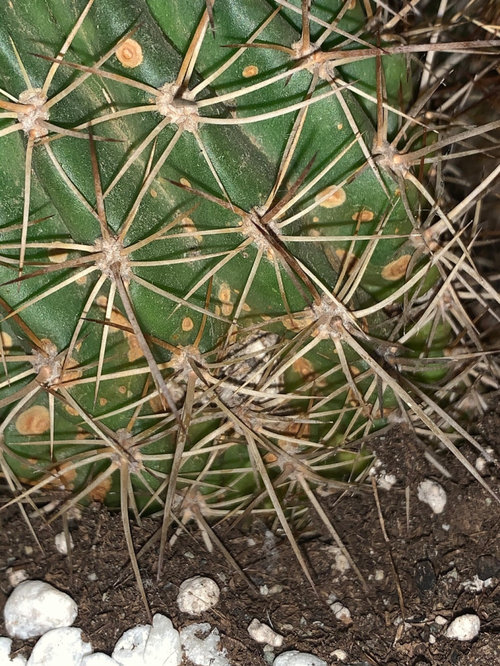
Cactus Rotting

Diagnosing And Treating Bacterial Necrosis Erwinia Cacticida Infections In Saguaro Cactus Jan Emming

My San Pedro Is Rotting Botanicals Mycotopia
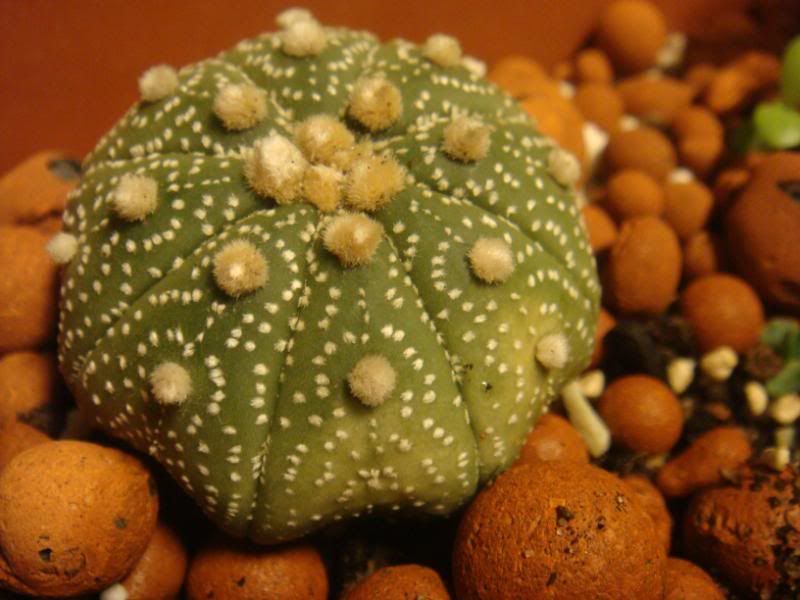
Sun Burnt Or Root Rot Cactiguide Com

Ask A Question Forum I Think My Old Lady Cactus Has Orange Rot Help Garden Org
Q Tbn And9gctcml4byd9 8c0piq Ivka2u2aigypuzmpddrwtgmvab4rxodlf Usqp Cau

How To Save A Euphorbia Succulent From Rot Caused By Frost Or Cold Damage Youtube

Greenery Unlimited Cereus Cactus Care
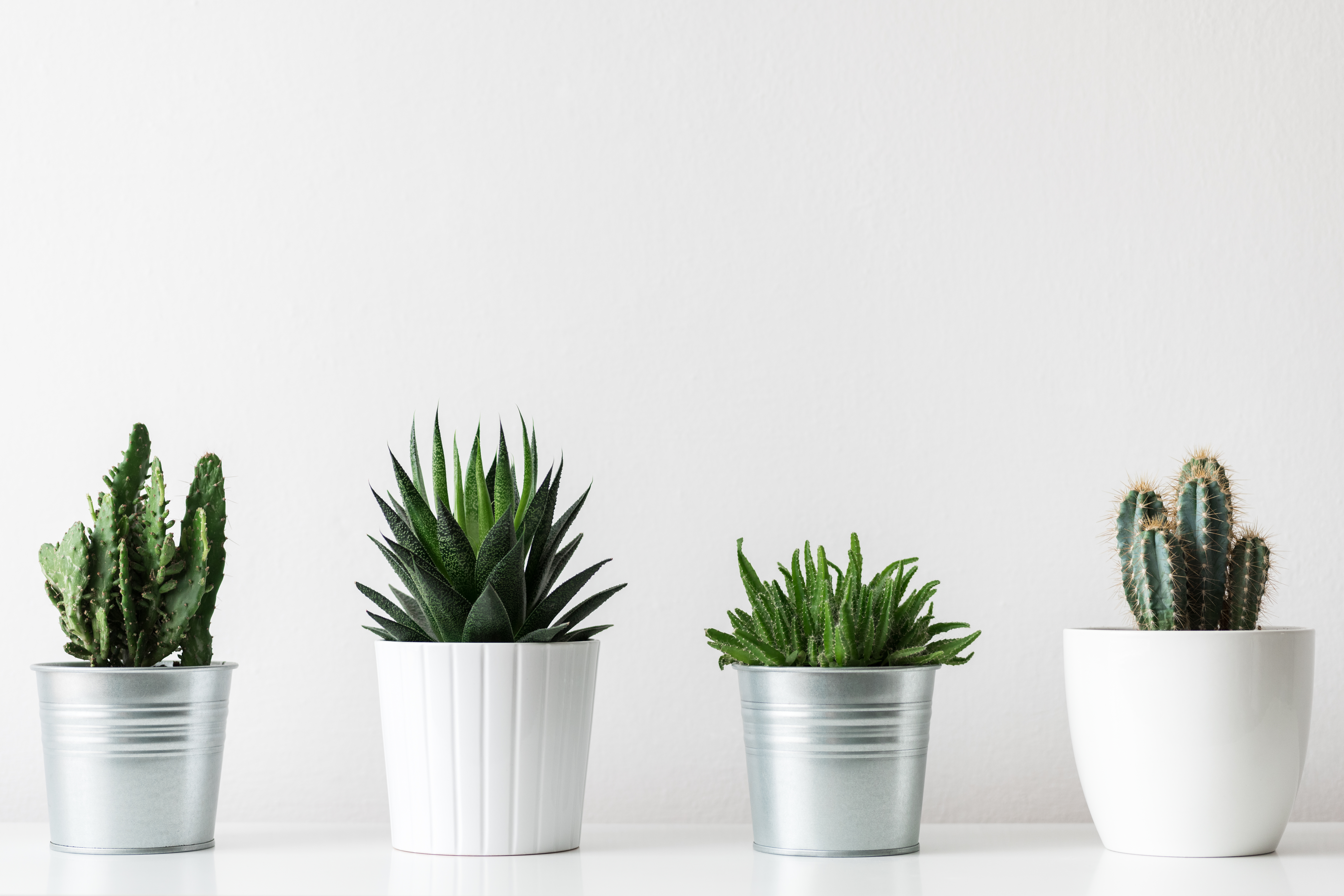
What Could Be Causing Brown Spots On Indoor Cactus Plants
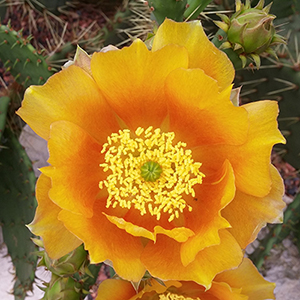
Prickly Pear University Of Florida Institute Of Food And Agricultural Sciences
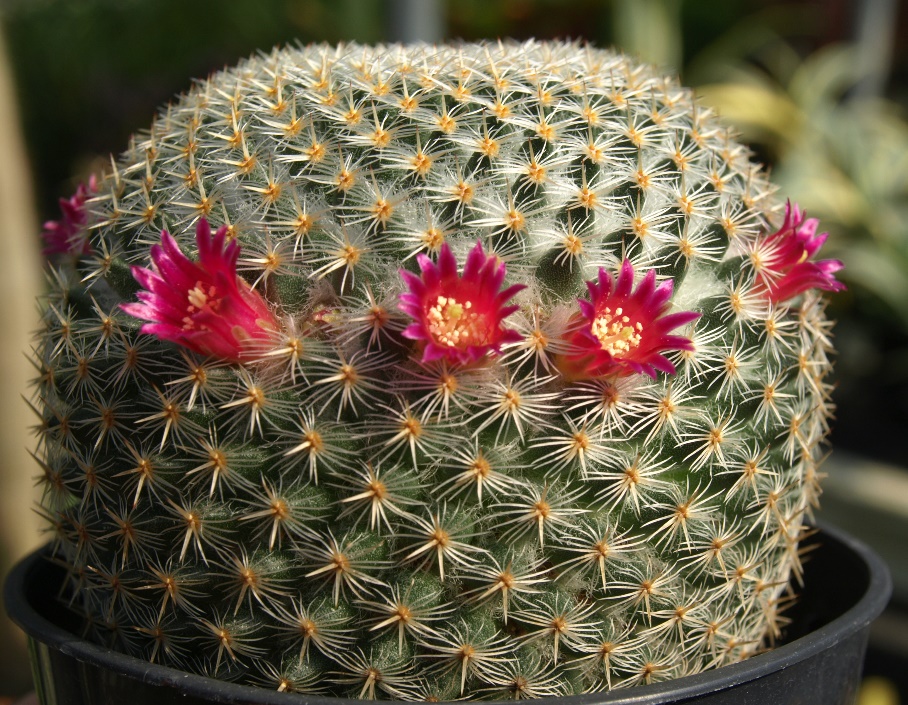
Indoor Cacti Home Garden Information Center
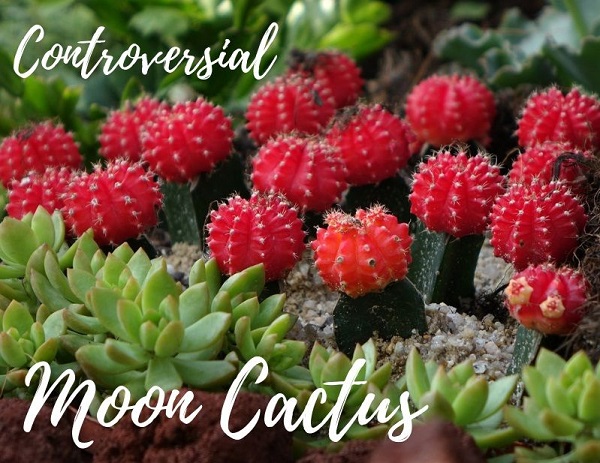
Controversial Colorful Moon Cactus The Succulent Eclectic
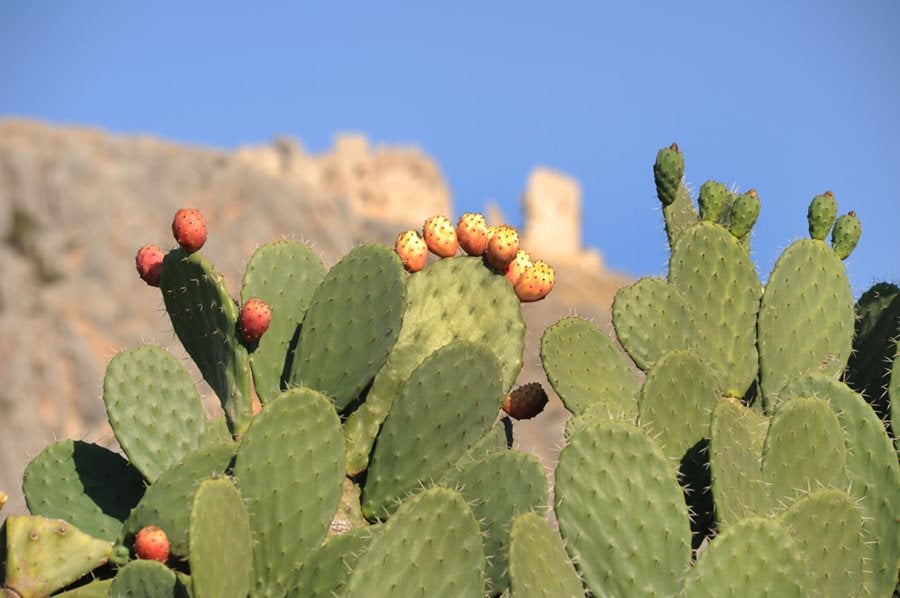
Prickly Pear How To Grow And Care For Opuntia Cactus Garden Design

Lily S Indoor Jungle Moon Cactus Care And Tips

Ask A Question Forum Orange Brown Spots On Cactus Garden Org

Is My Cactus Dead Tips From A Clueless Gardener By Jennifer Mittler Lee Age Of Awareness Medium
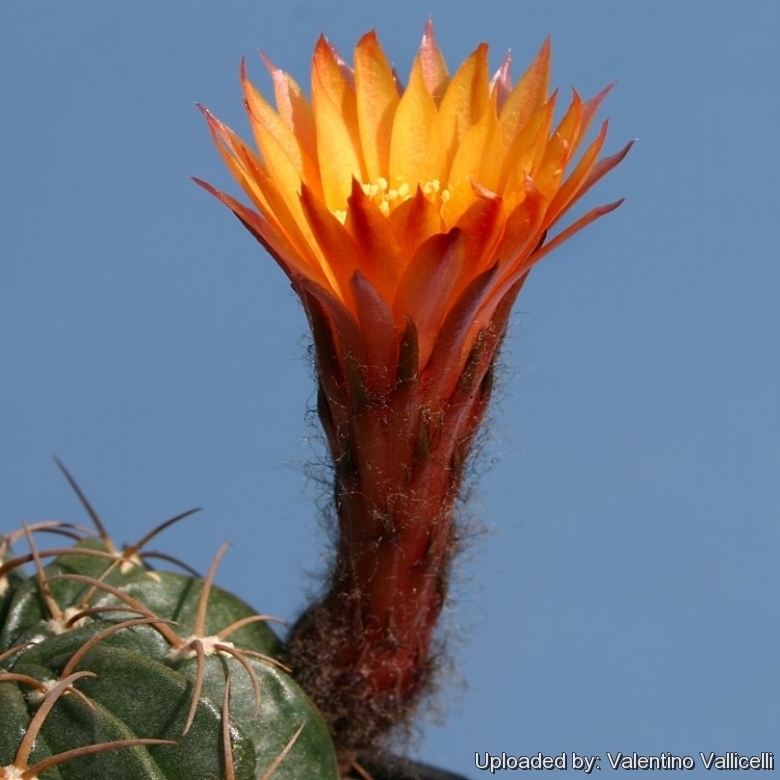
Lobivia Akersii
/grow-parodia-cacti-indoors-1902591-2-4dc216d2fc7743f598b97b9f617c6867.jpg)
Ball Cactus Plant Care Growing Guide

Cactus Nursery

How To Save An Overwatered Cactus Dummer Garden Manage Gfinger Es La App De Jardineria Mas Profesional
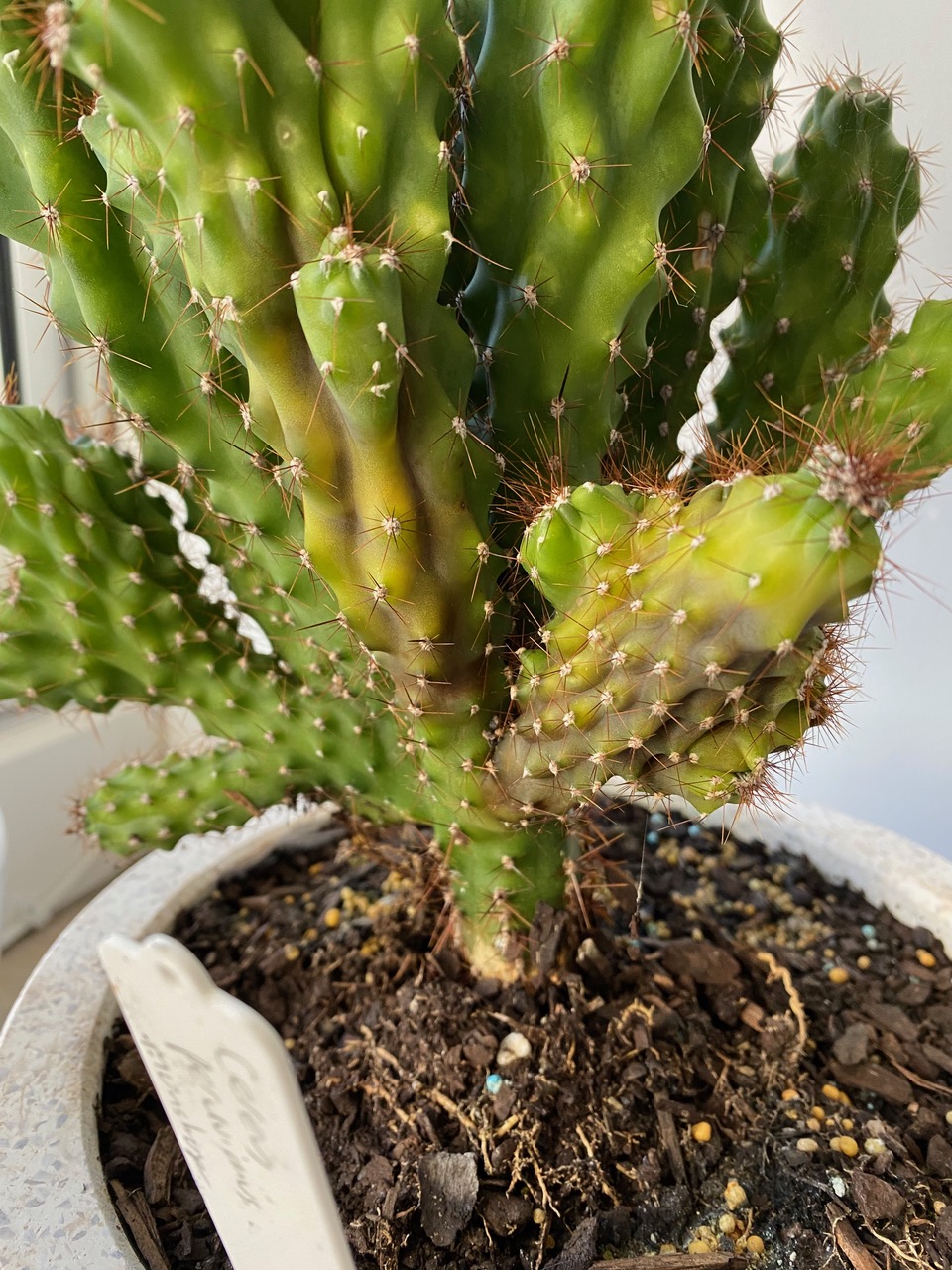
How To Save A Dying Cactus

Gymnocalycium Mihanovichii Grafted Moon Cactus Orange Mountain Crest Gardens

Gymnocalycium Mihanovichii Grafted Moon Cactus Orange Mountain Crest Gardens

How To Save A Dying Cactus How To

Stressed Out Succulents Good Or Bad Dave S Garden
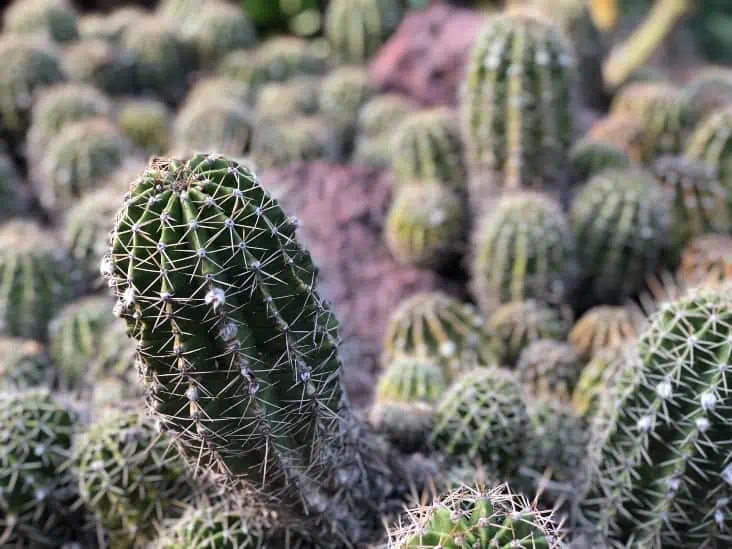
How To Save A Rotting Cactus Cactusway

Cactus Sap Why Is My Cactus Oozing Sap
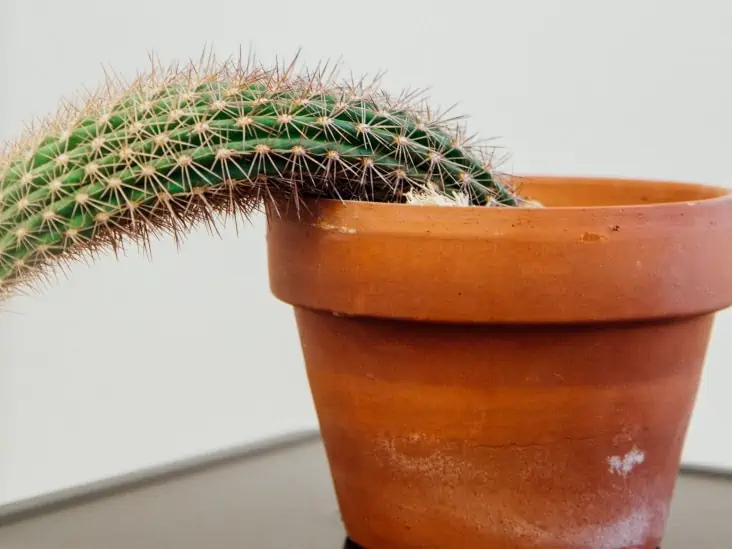
Help My Cactus Is Dying Why Is My Cactus Dying Cactusway

Full Guide On Cactus Diseases Pests And Treatments Terrarium Planting Guide

Buy Moon Cactus Grafted Orange Cactus Plant Online From Nurserylive At Lowest Price

Tricho Black Rot Orange Rot Help Cacti Succulents The Corroboree
/grow-grafted-ruby-ball-cactus-1902604-HERO-6077451839534c4385d6db0ebe47d640.jpg)
How To Care And Grow Ruby Ball Cactus Moon Cactus
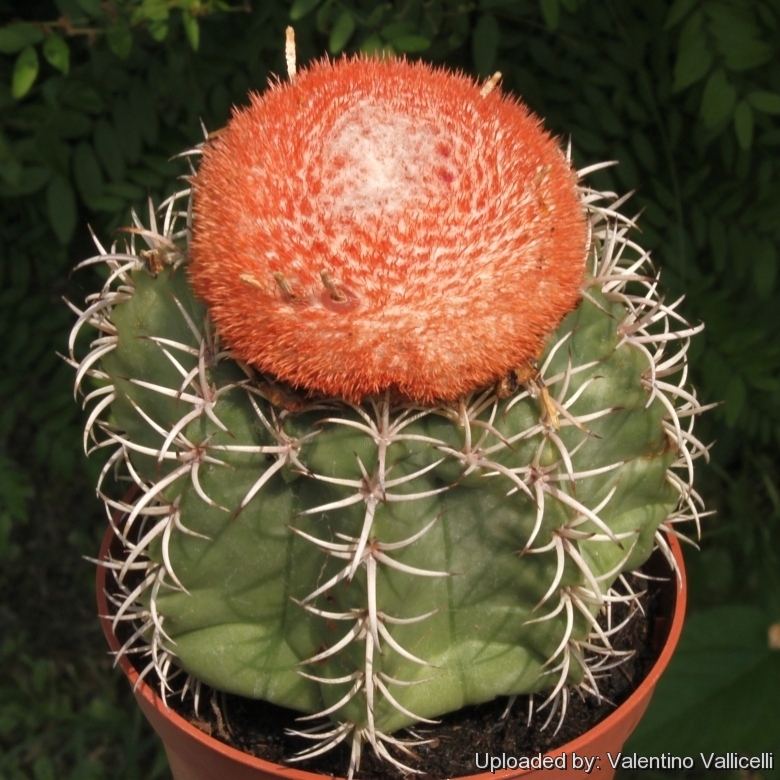
Melocactus Matanzanus

How To Care For Cacti In El Paso
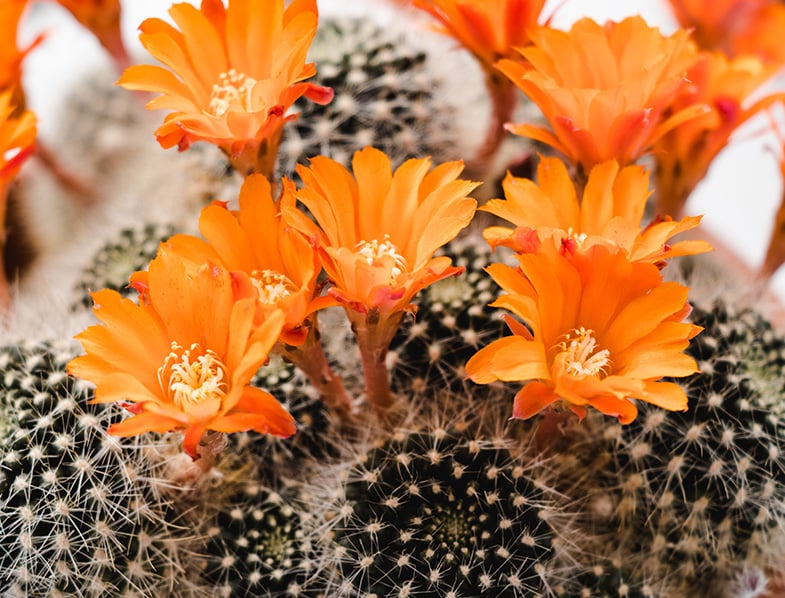
Rebutia Fiebrigii Guide How To Grow Care For Orange Crown Cactus
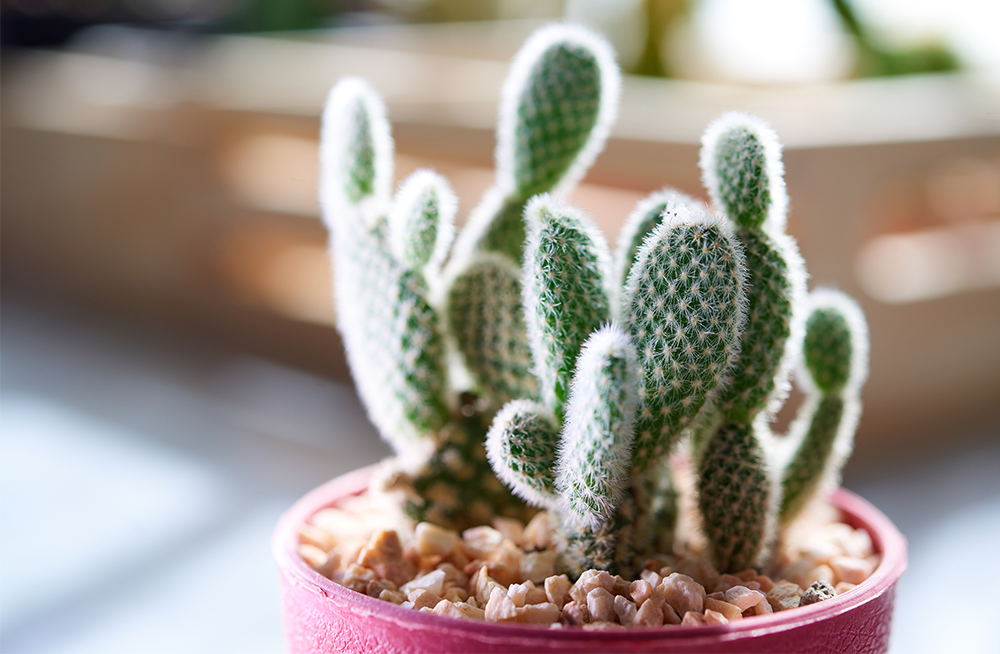
Cactus Care Tips Plus Hottest Varieties Salisbury Greenhouse

Ask A Question Forum Cactus Turns White From Base Garden Org
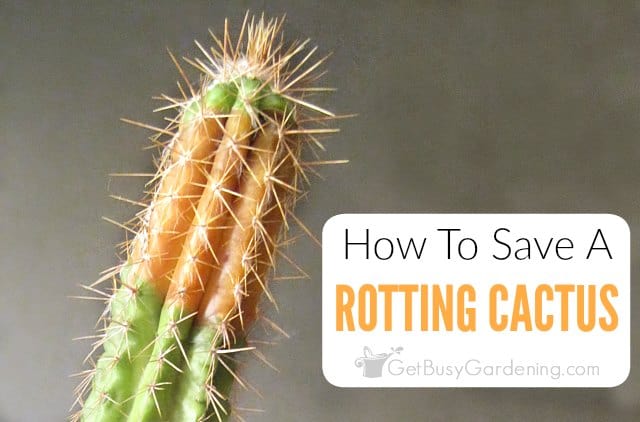
How To Save A Rotting Cactus Plant Get Busy Gardening
Q Tbn And9gcsqcpqlye2t7p322kvlzmg3tfsuaaoa 5b9b6mjnelcrgnrddrq Usqp Cau
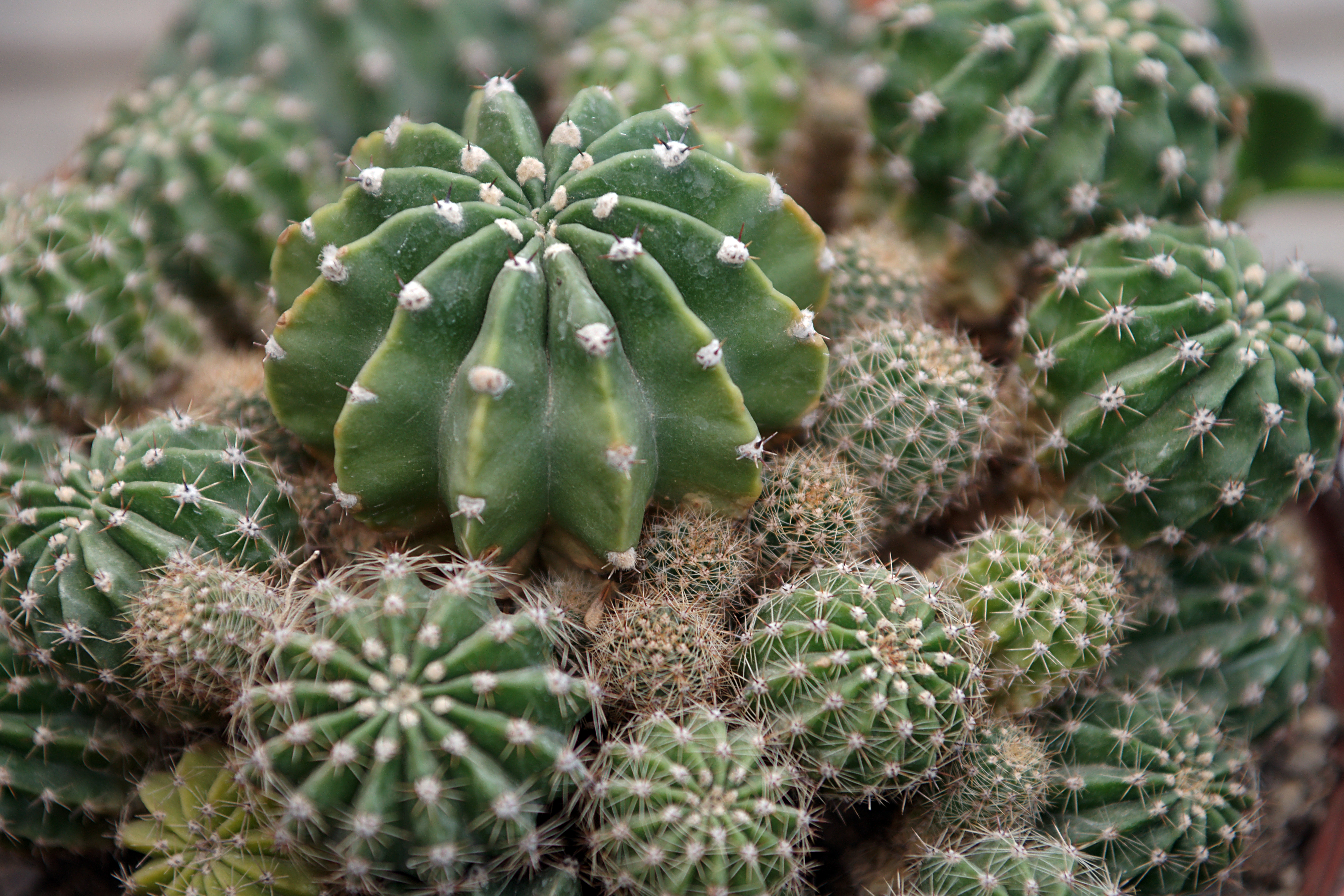
Rescuing An Overwatered Cactus



